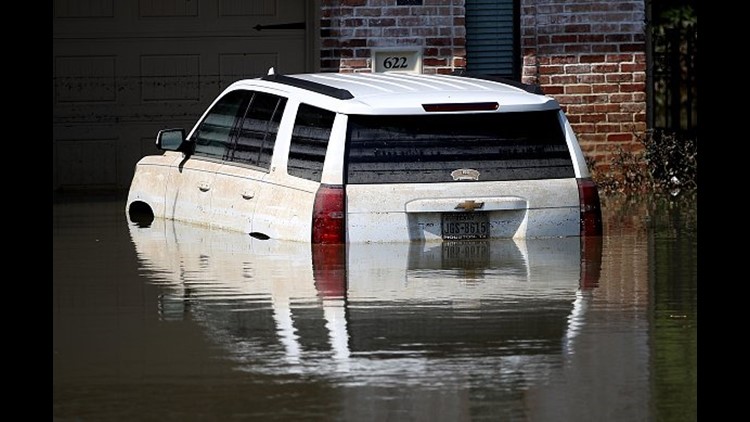HARRISBURG — When the floodwaters around Central Pennsylvania finally recede, some residents may be forced to deal with one annoying aftermath: flood-damaged vehicles.
If your car was partially or fully submerged by floodwater, it could mean extensive damage and a costly repair bill.
State Farm Insurance provided FOX43 with the following flood damage checklist.
- Survey potential damage. Note the depth of the floodwaters in relation to your car. Don’t try to start your car — this will cause more damage if there is water in the engine.
- Act quickly. Start drying out your vehicle as quickly as possible, and contact a towing service to get it back to higher ground. Oil, transmission fluid and lube may need draining before a tow.
- Look under the hood. This is where you’ll find clues as to how extensive the flood damage may be. Unless you’re an auto expert, you may want to partner with a mechanic for the following tasks:
- Check the oil dipstick. Look for water droplets, which likely indicate that there is water in your engine. If that’s the case, the cylinders, which are supposed to compress air instead of water, will be broken.
- Remove water-damaged cylinders and check for corroded spots.
- Change the oil and transmission fluid. You’ll want to do this again after the car is drivable and you’ve gone several hundred miles.
- Clean the interior. If floodwaters were more than a few feet deep, water probably made it to the inside of your car. Here’s what to do next:
- Remove all moisture. Use a wet/dry vacuum to collect standing water, and cloth towels to absorb water that has soaked into the seats and carpet. Remove seats and seat cushions if possible, and use fans and dehumidifiers to accelerate the drying process.
- Check electrical components. Extensive flood damage could require a trip to the mechanic to get it replaced.
- Check the fuel tank and line. Use a store-bought siphon pump to remove some fuel. If you note any water (which would naturally separate from the fuel), you’ll want to empty the tank completely.
Once you know the extent of your car’s flood damage, you’ll need to weigh repair costs against the cost of replacing your car, State Farm says.



